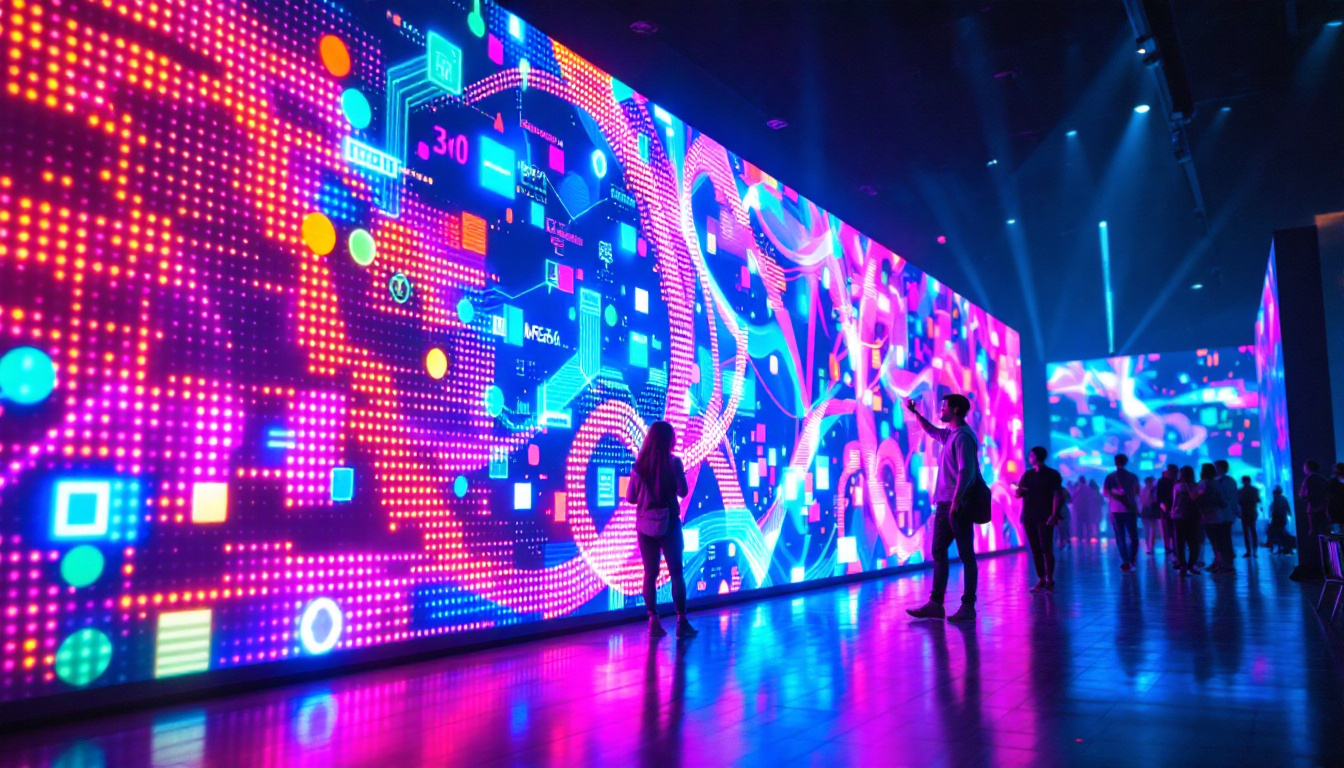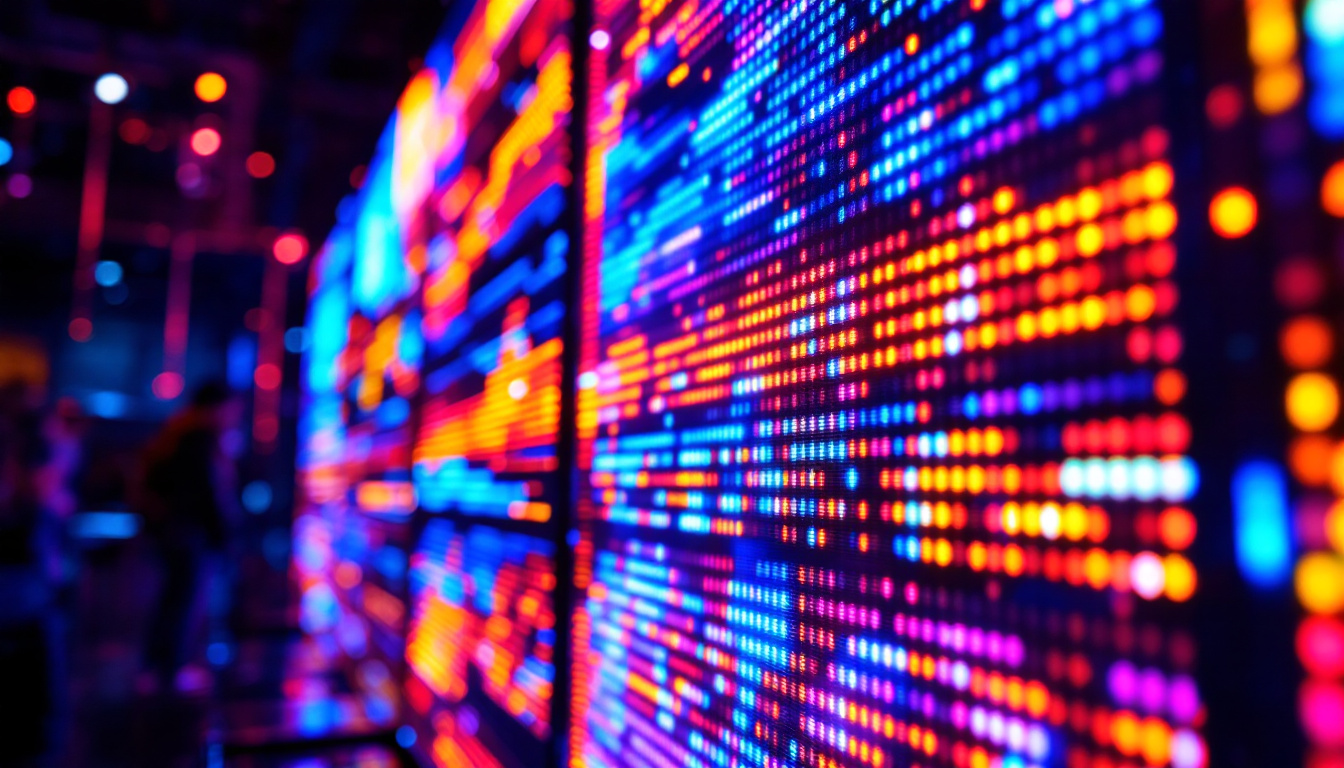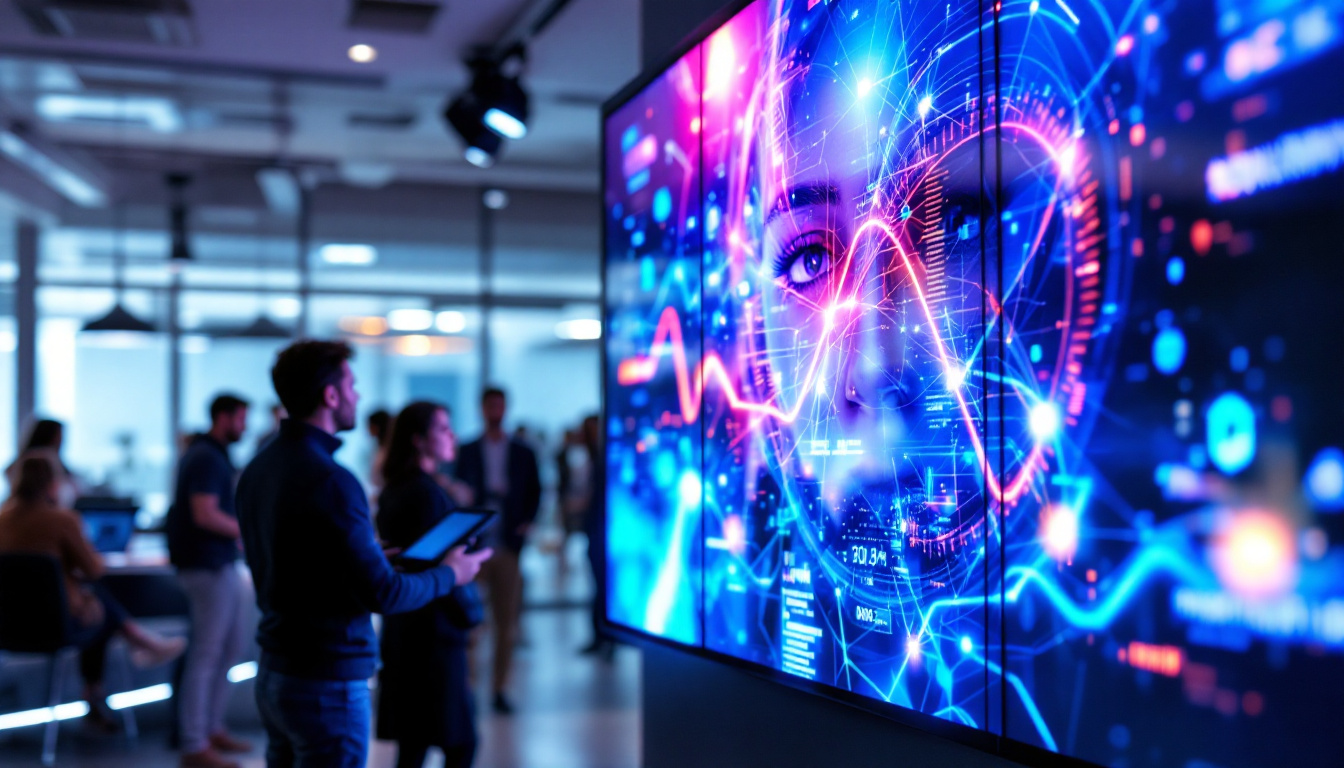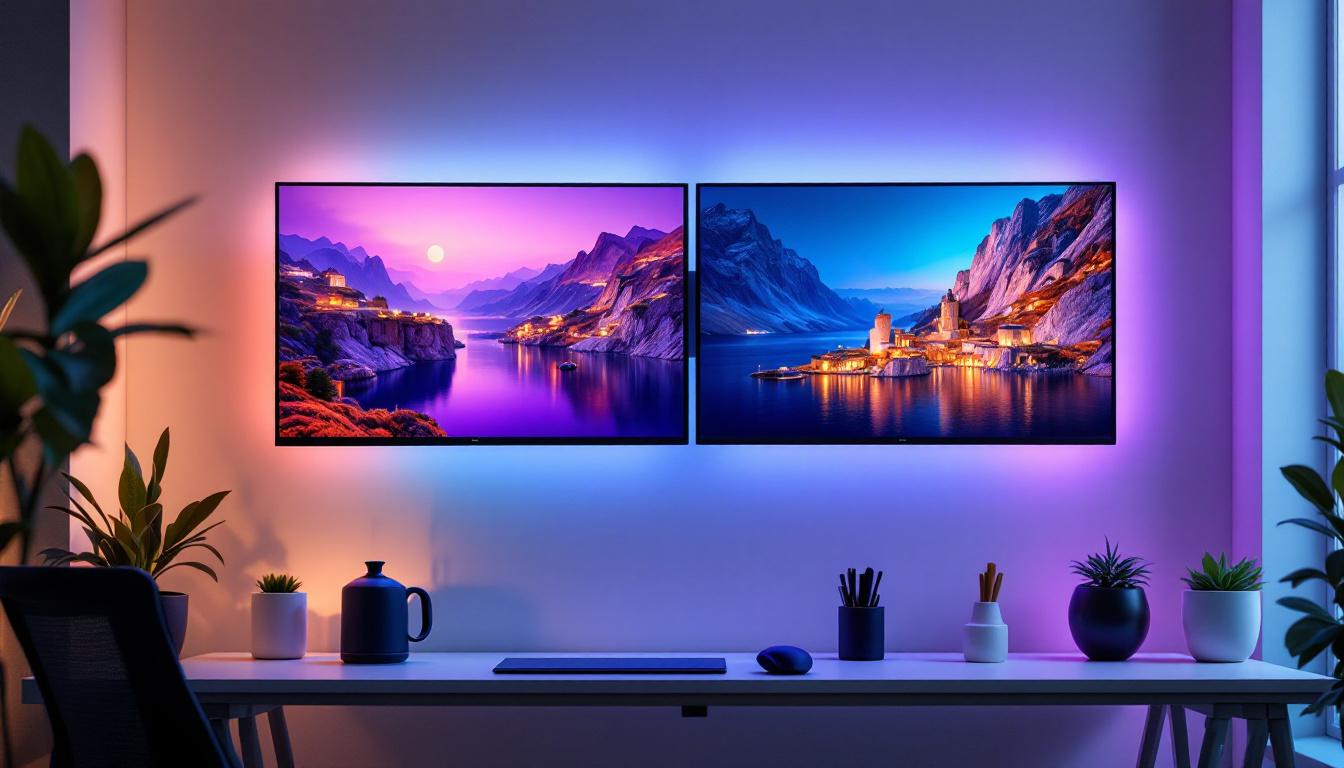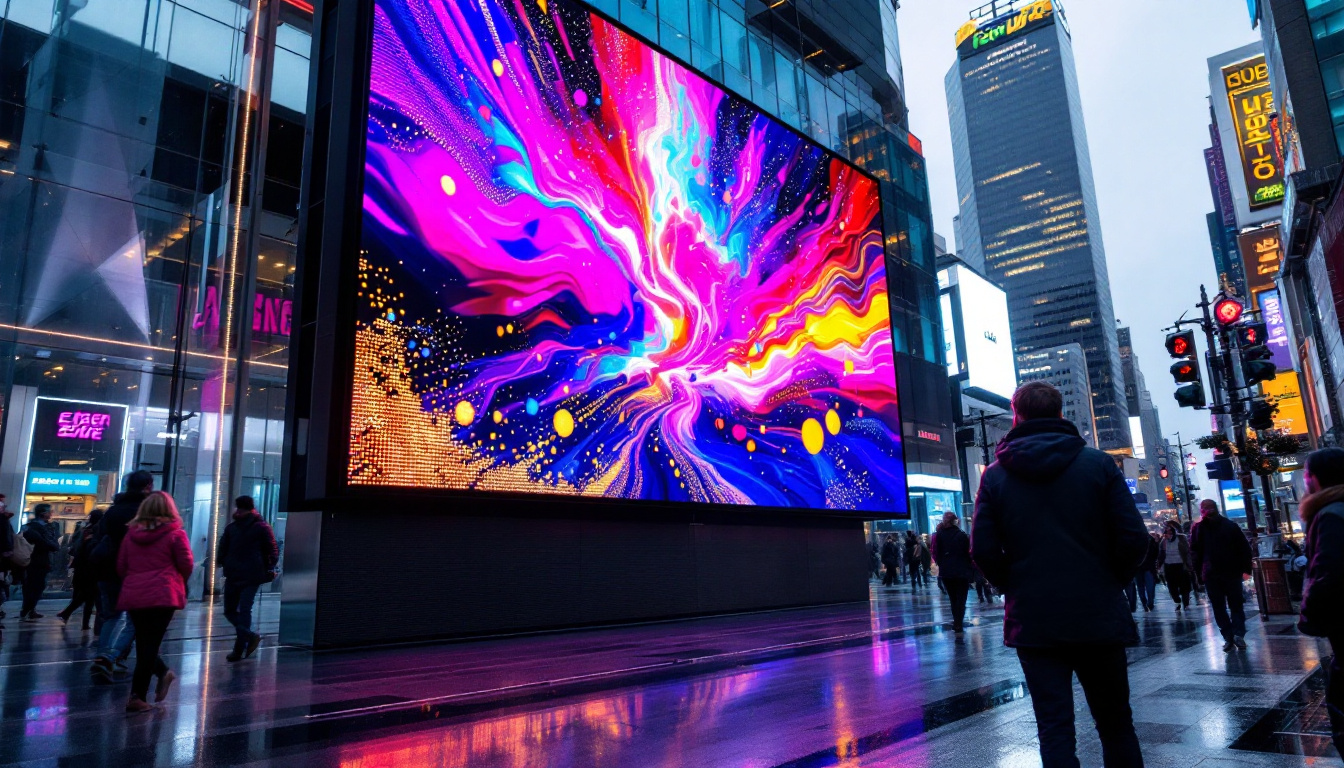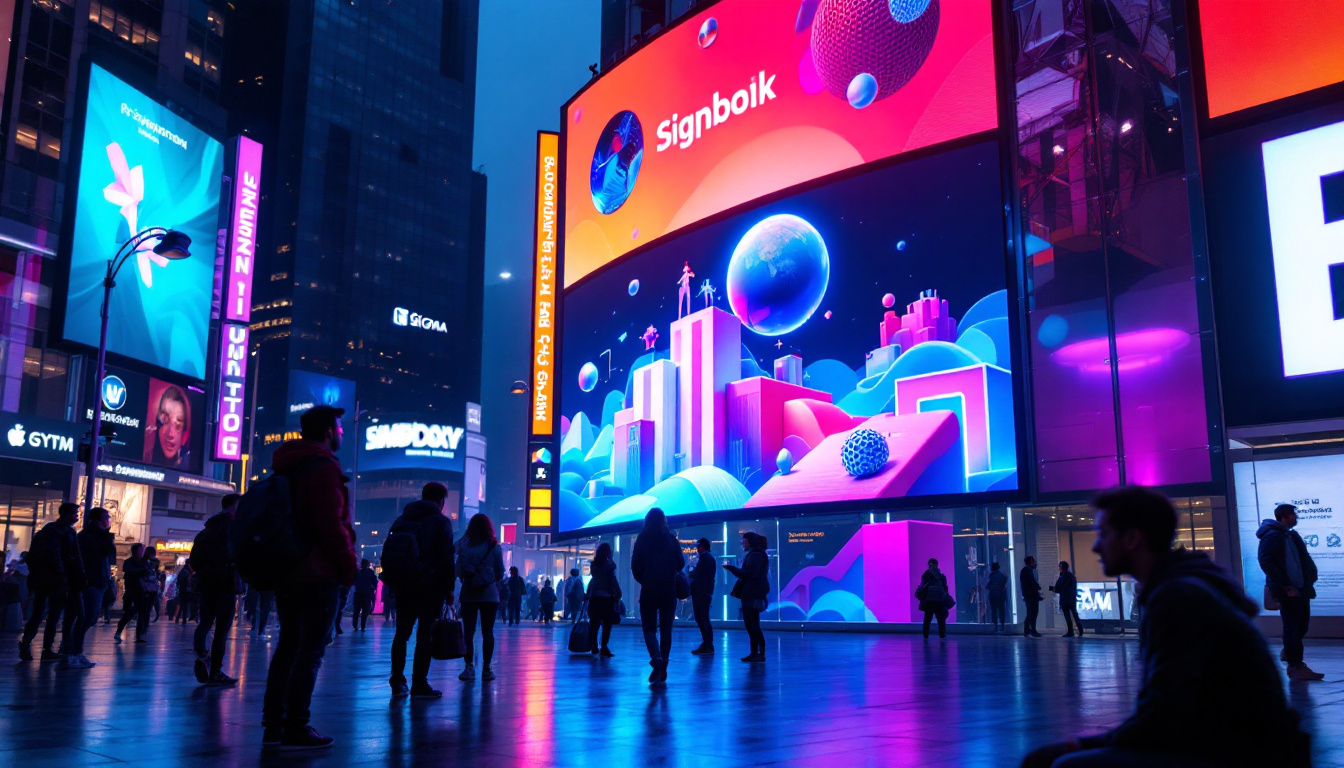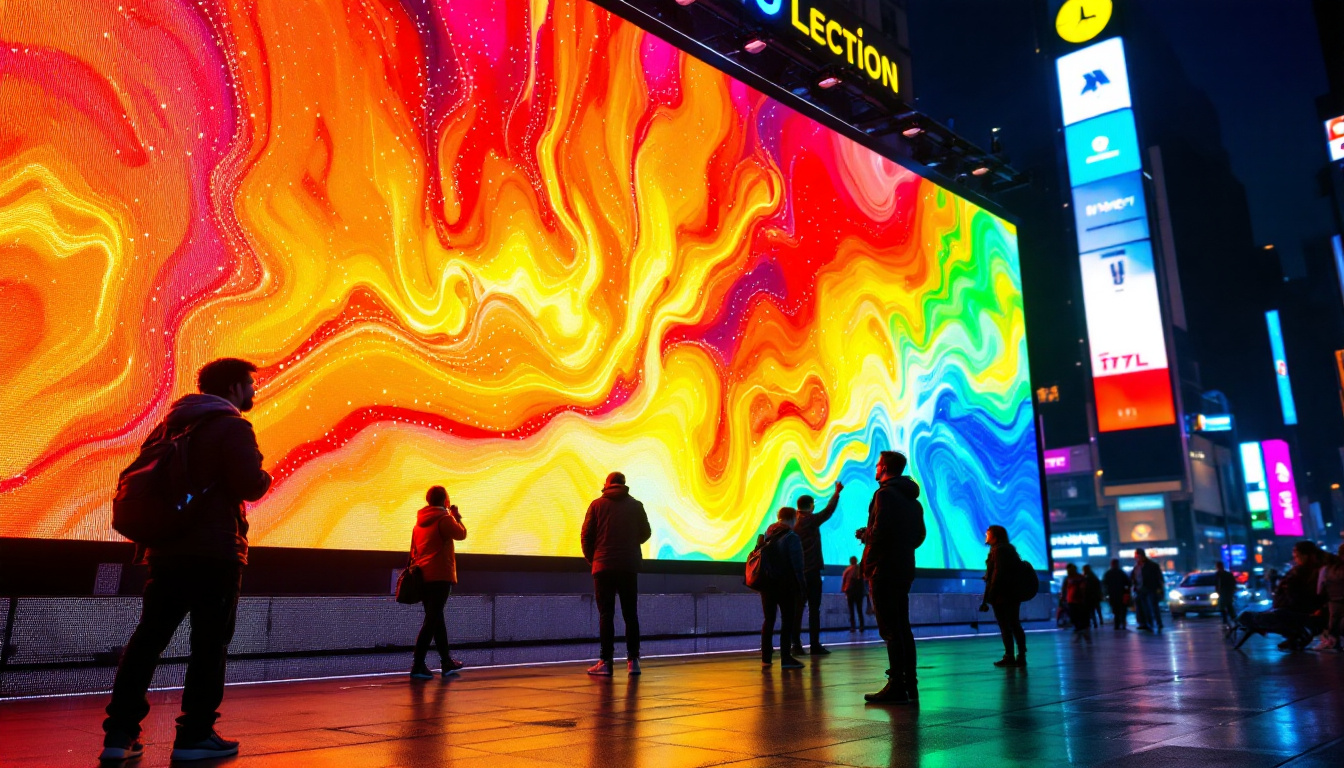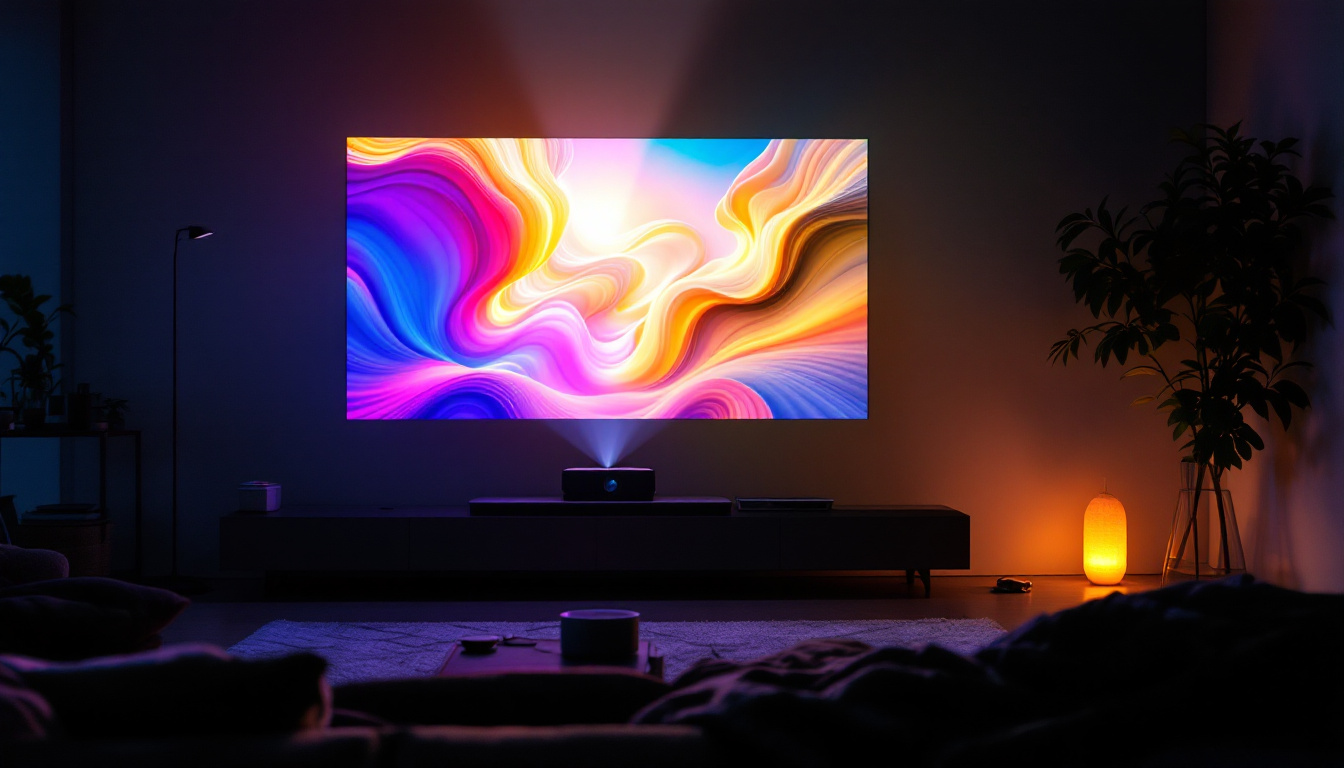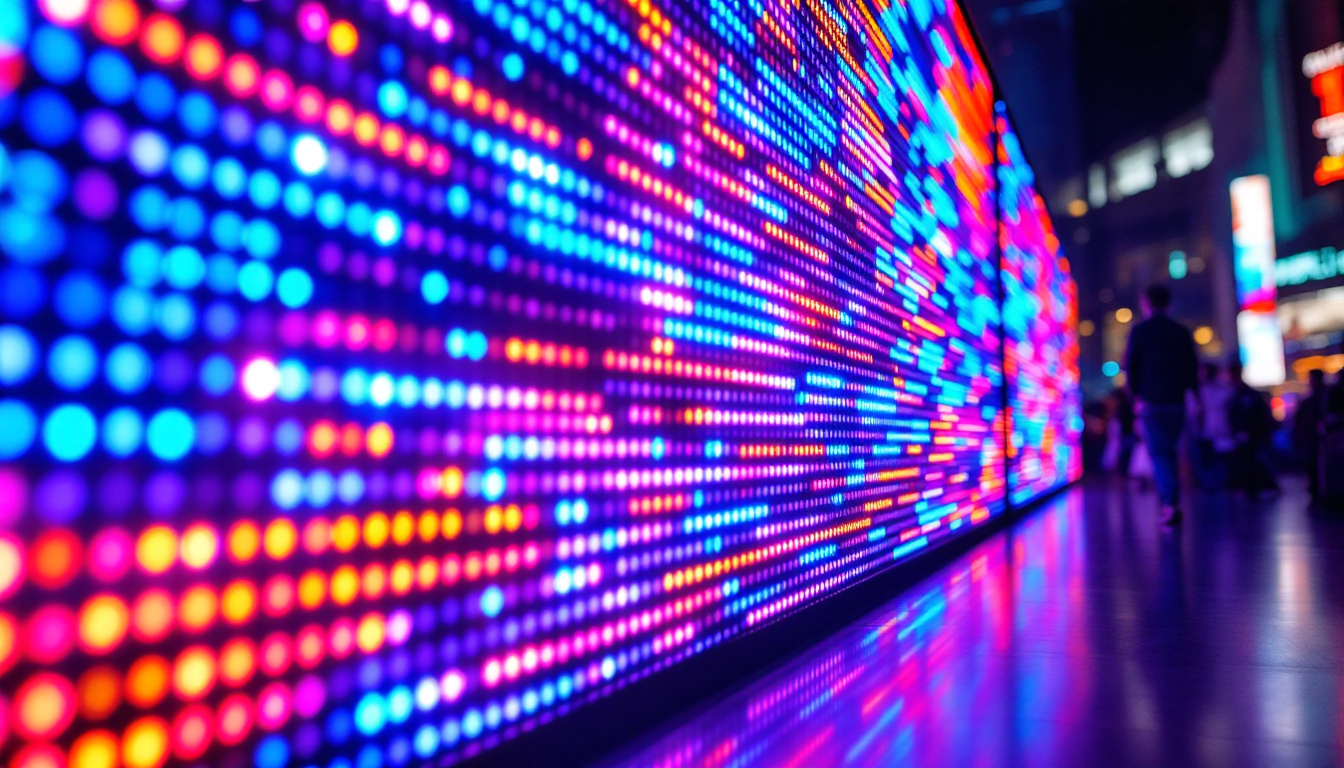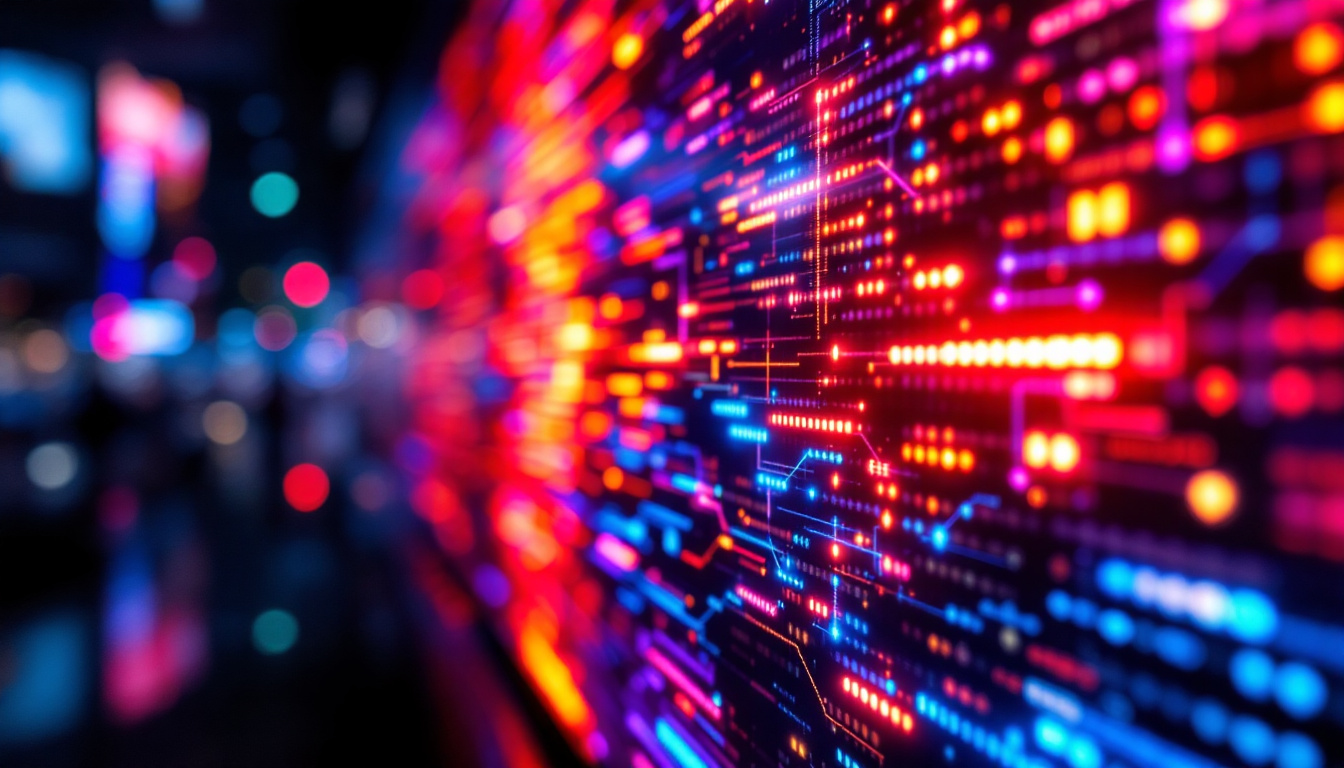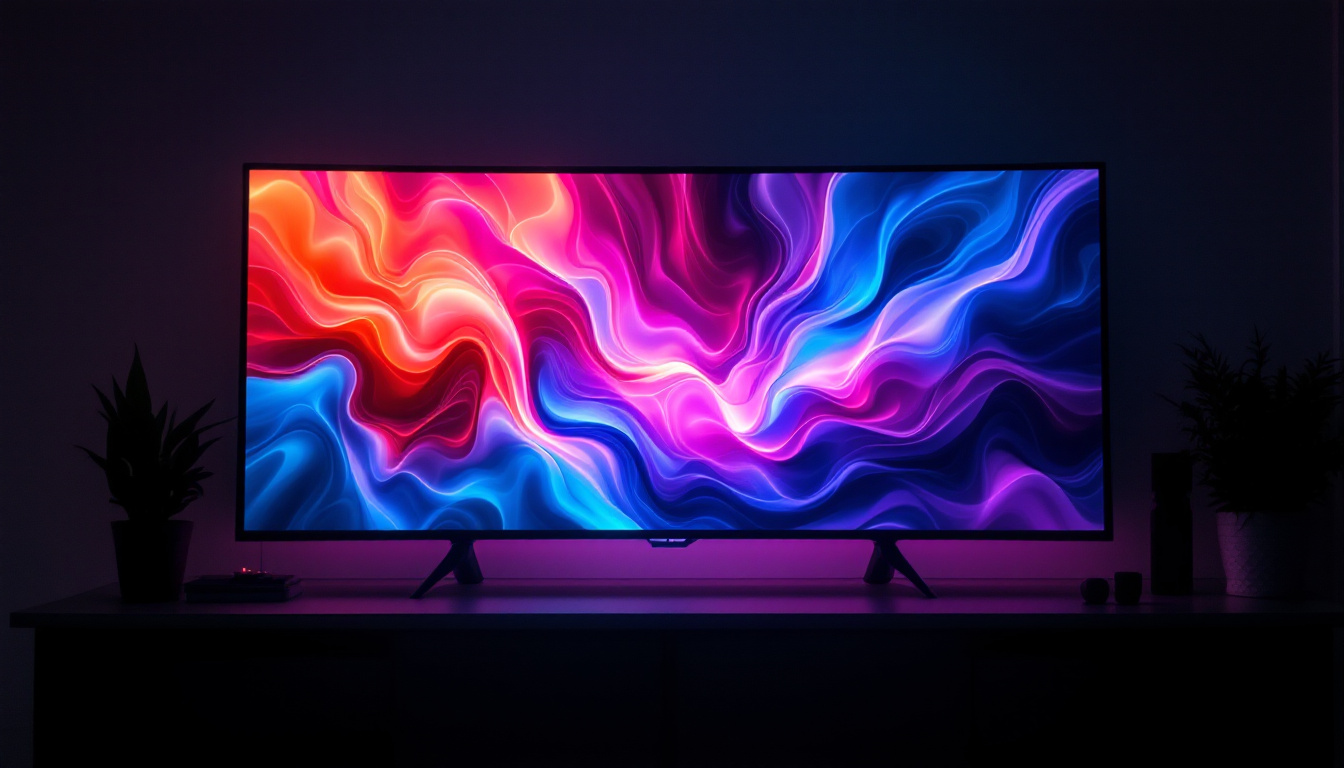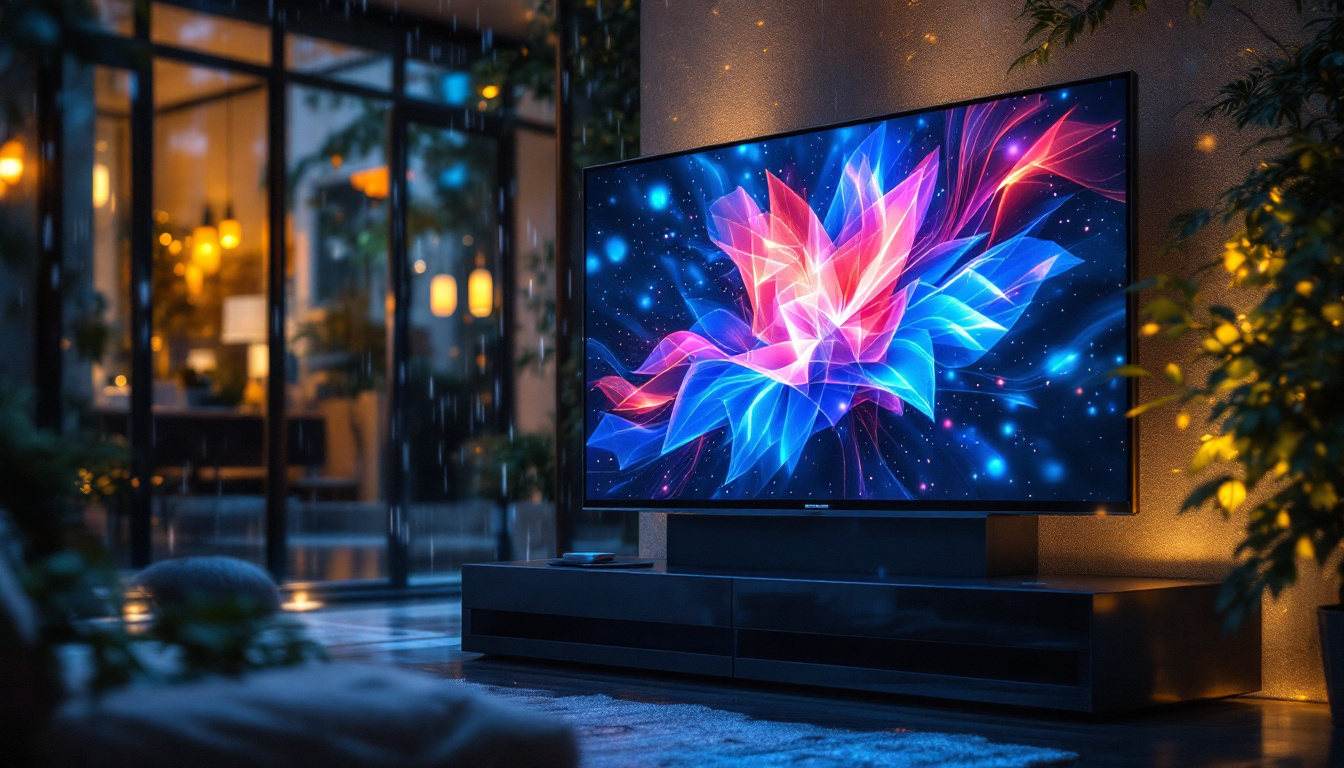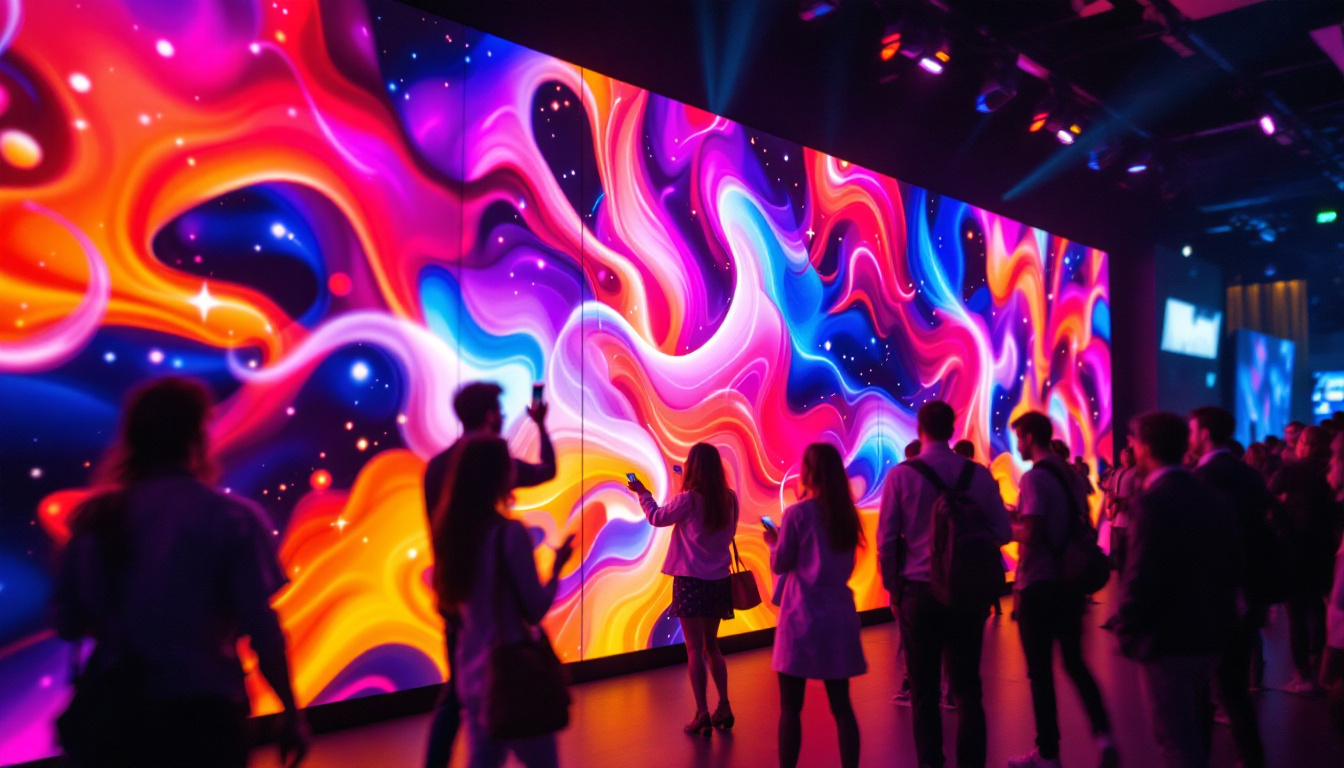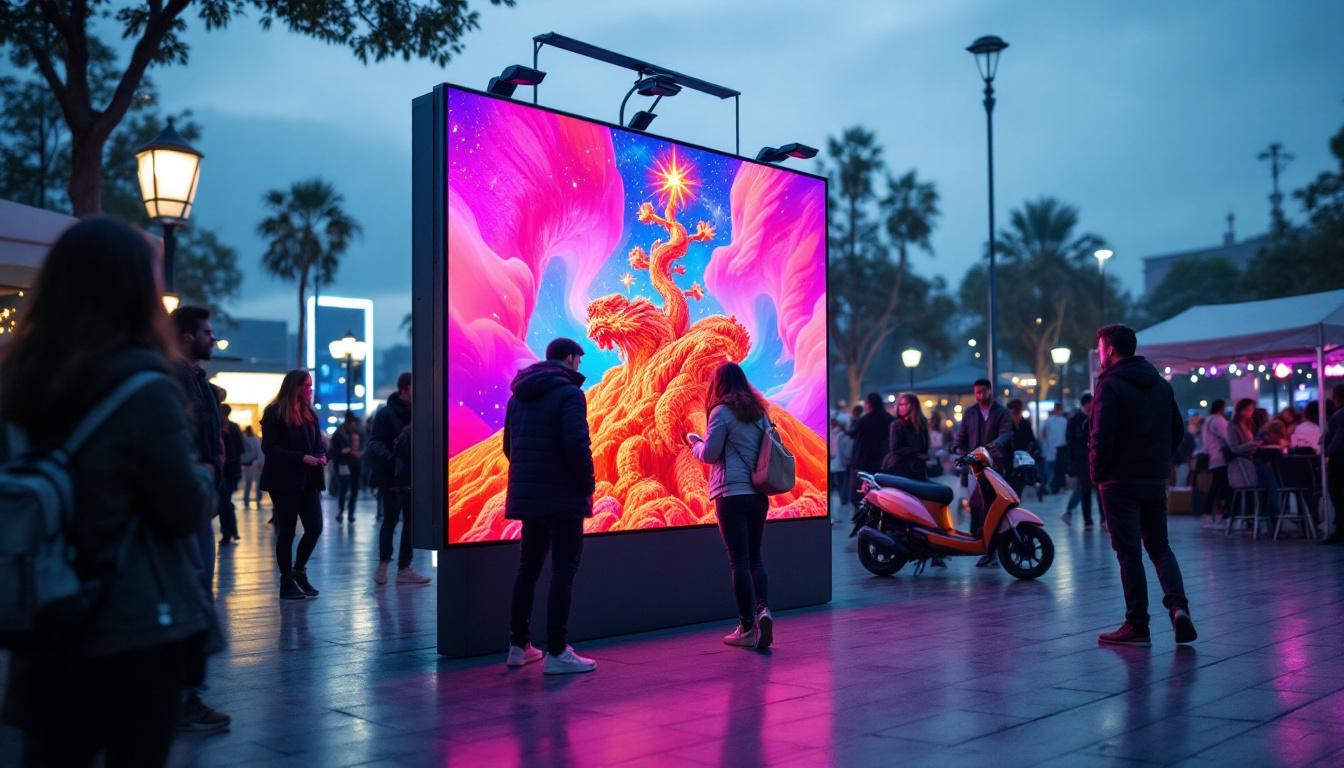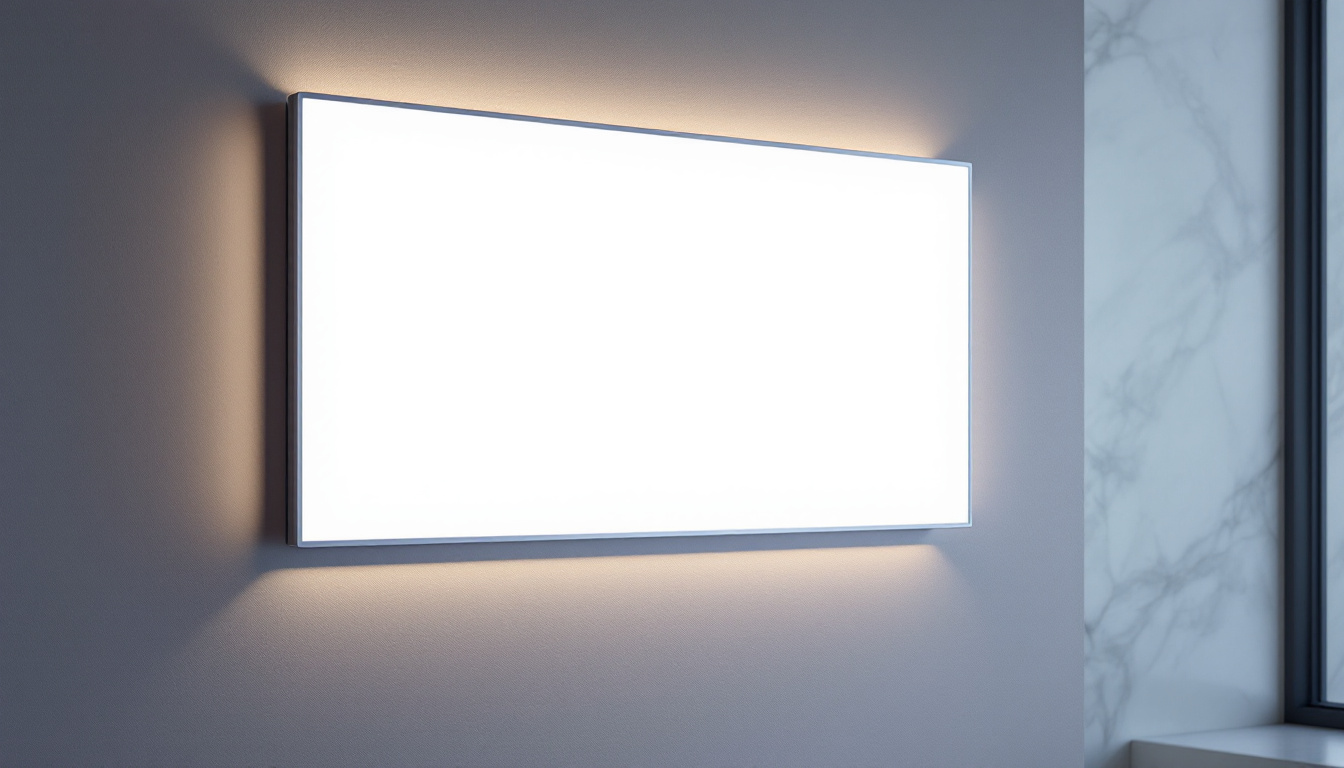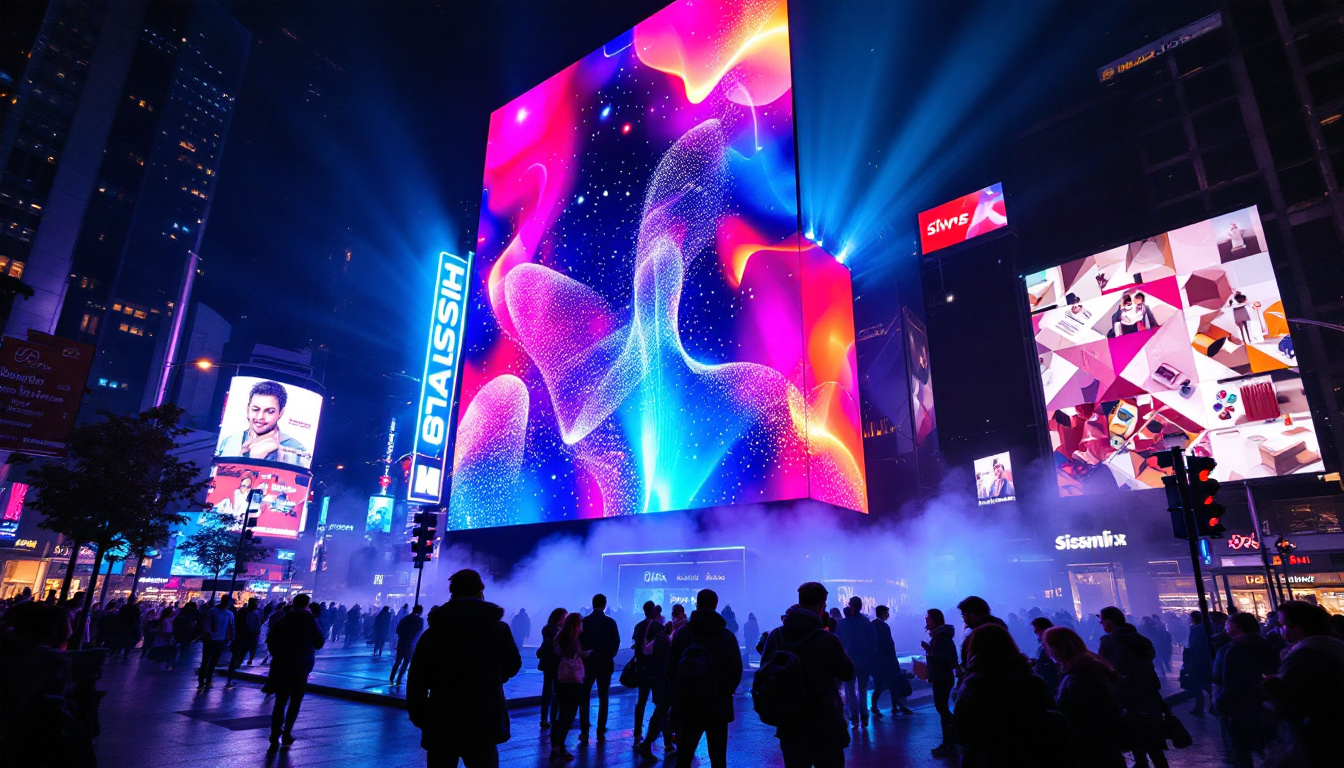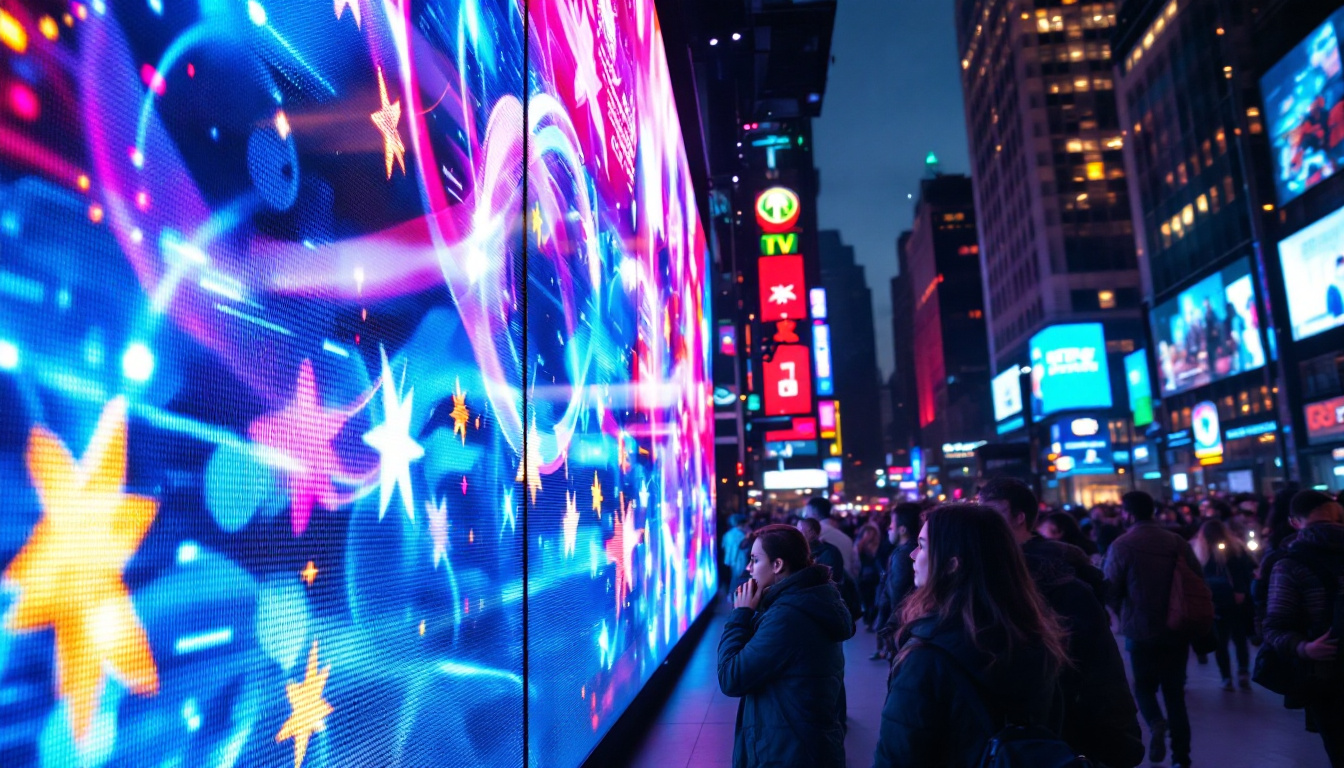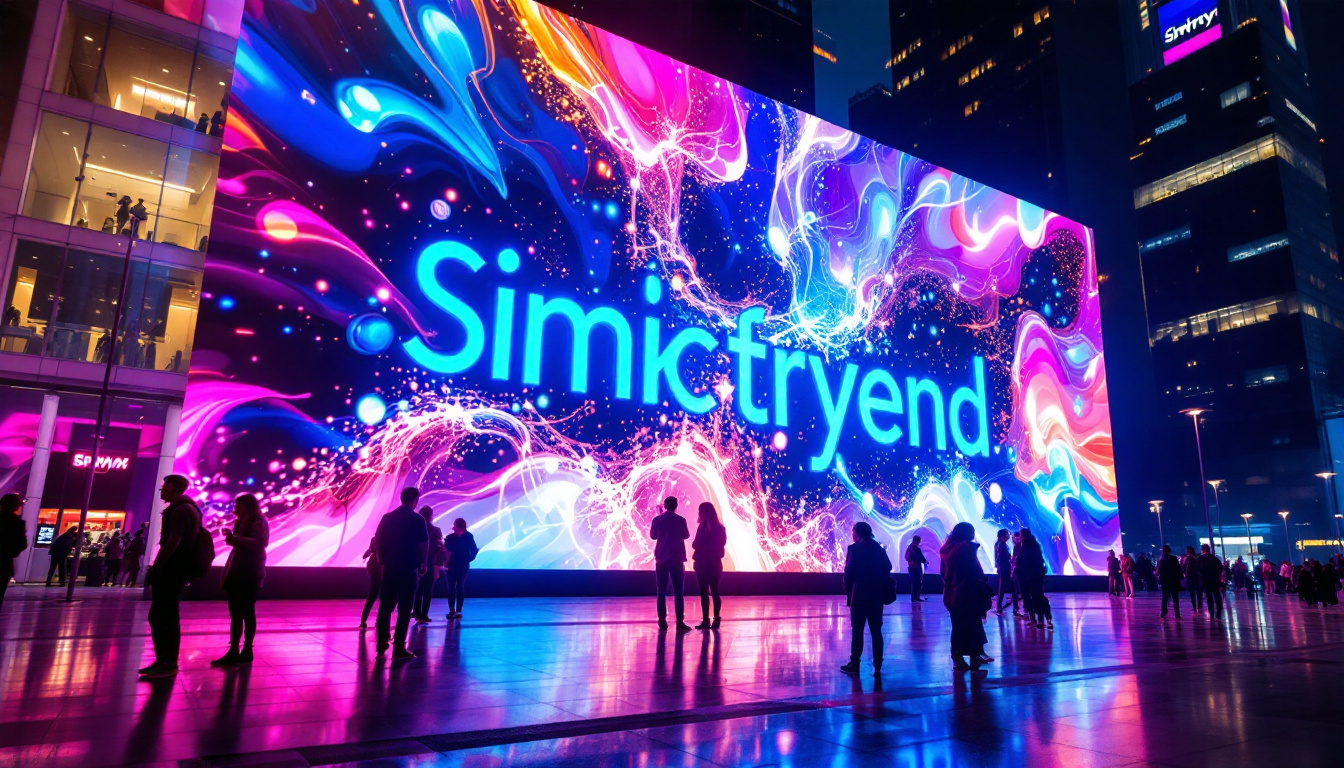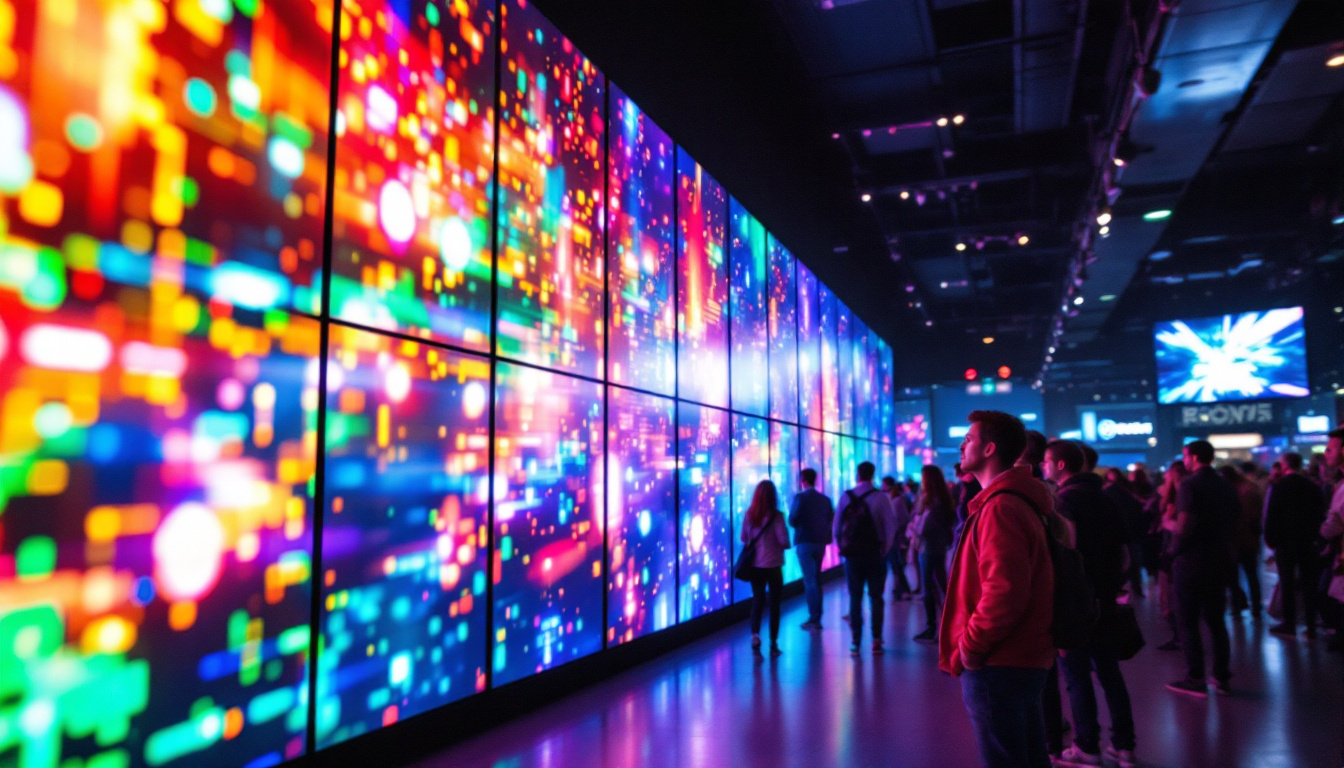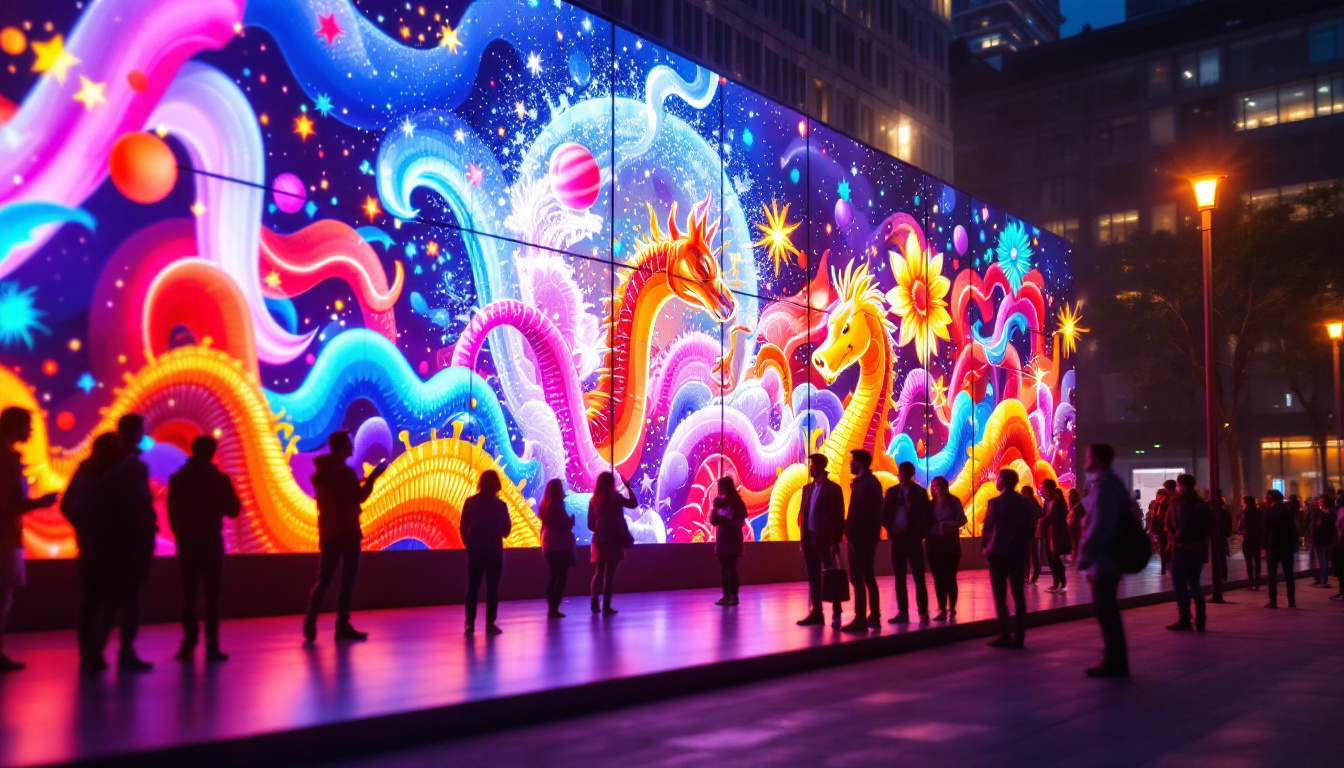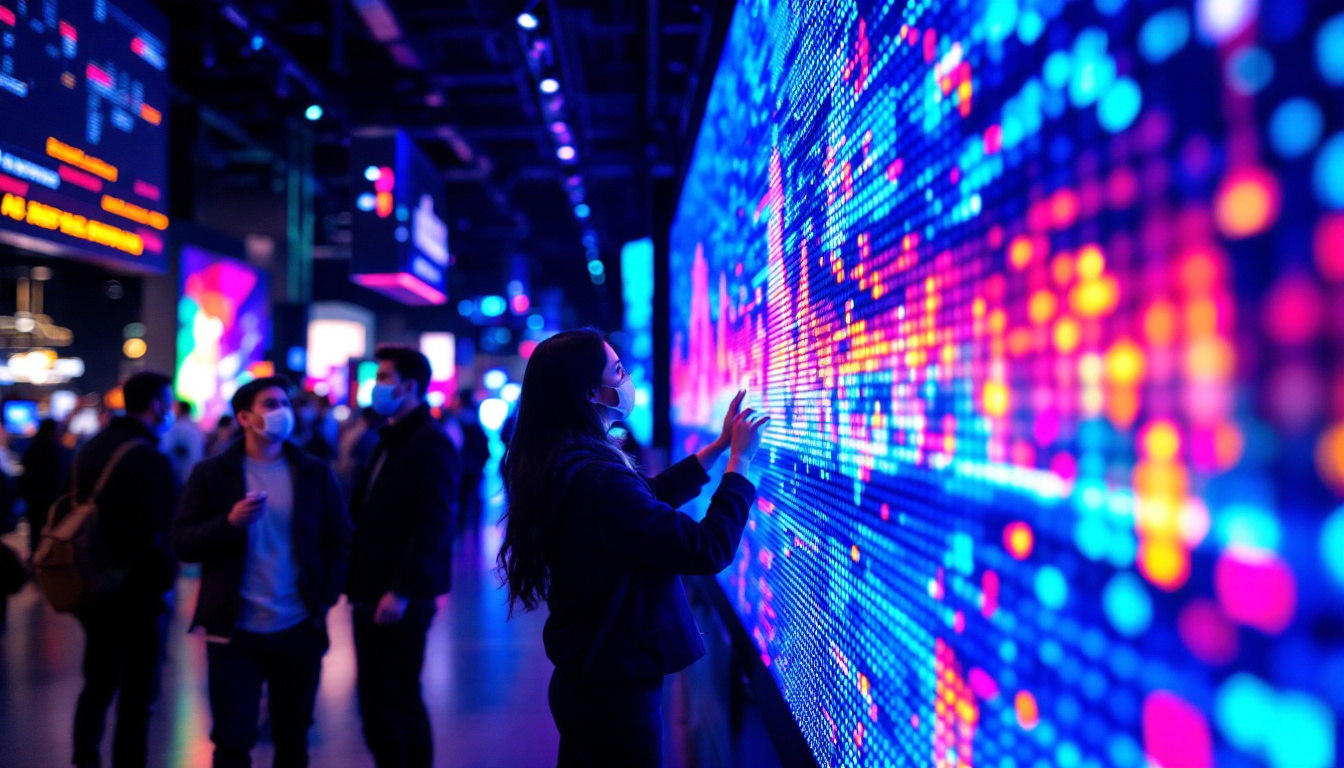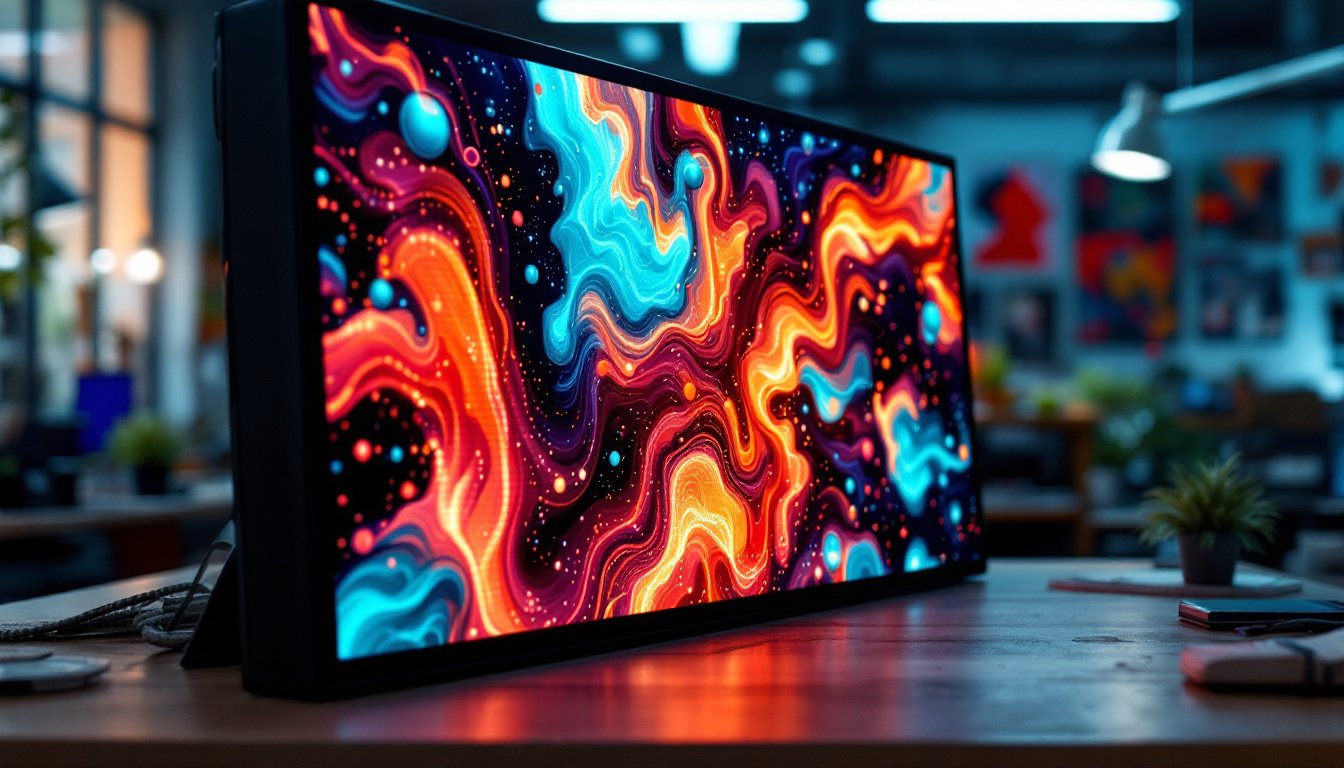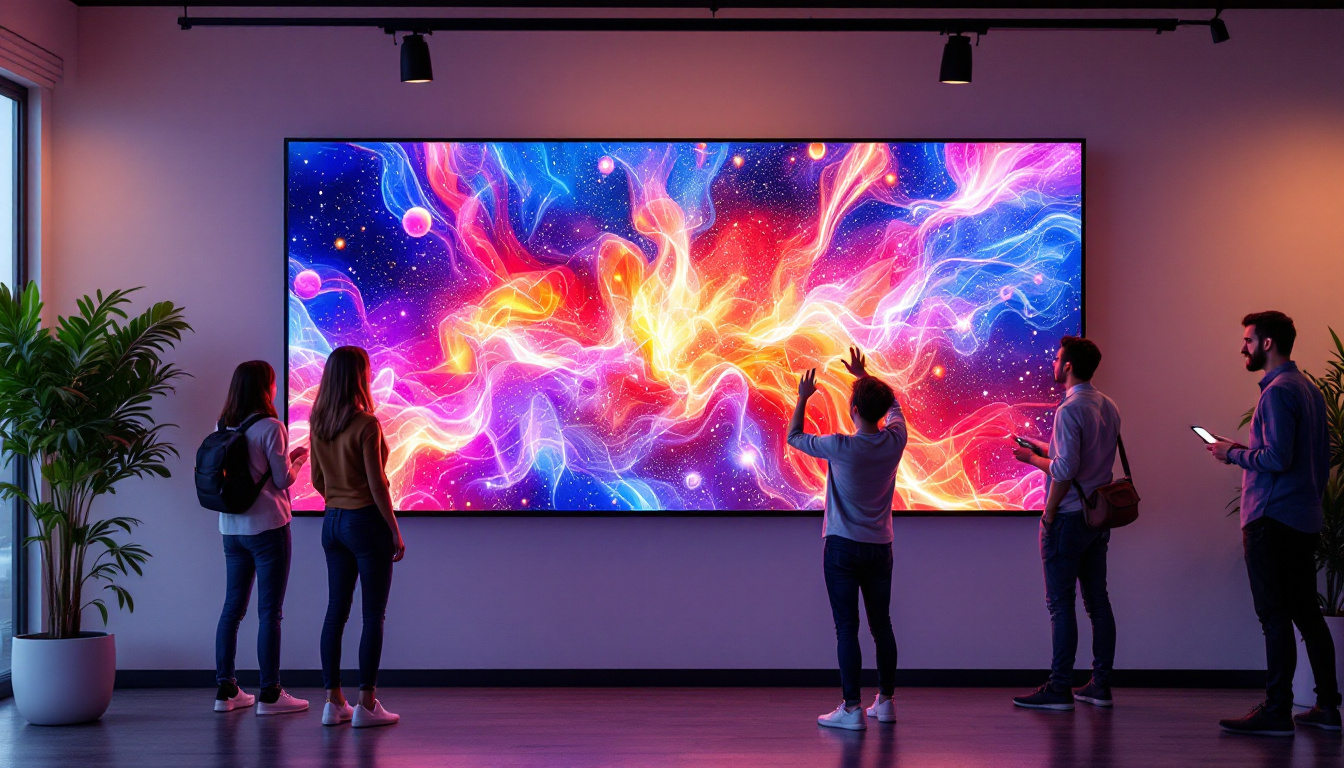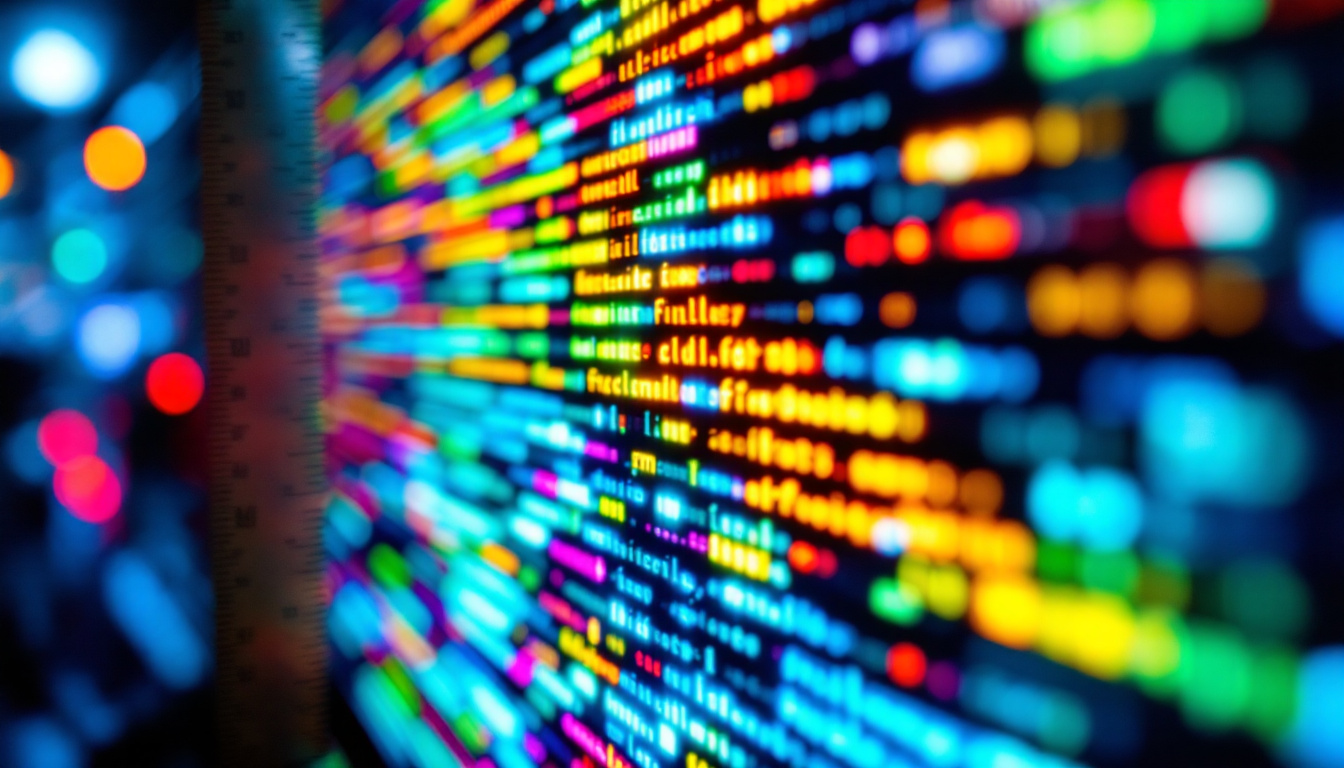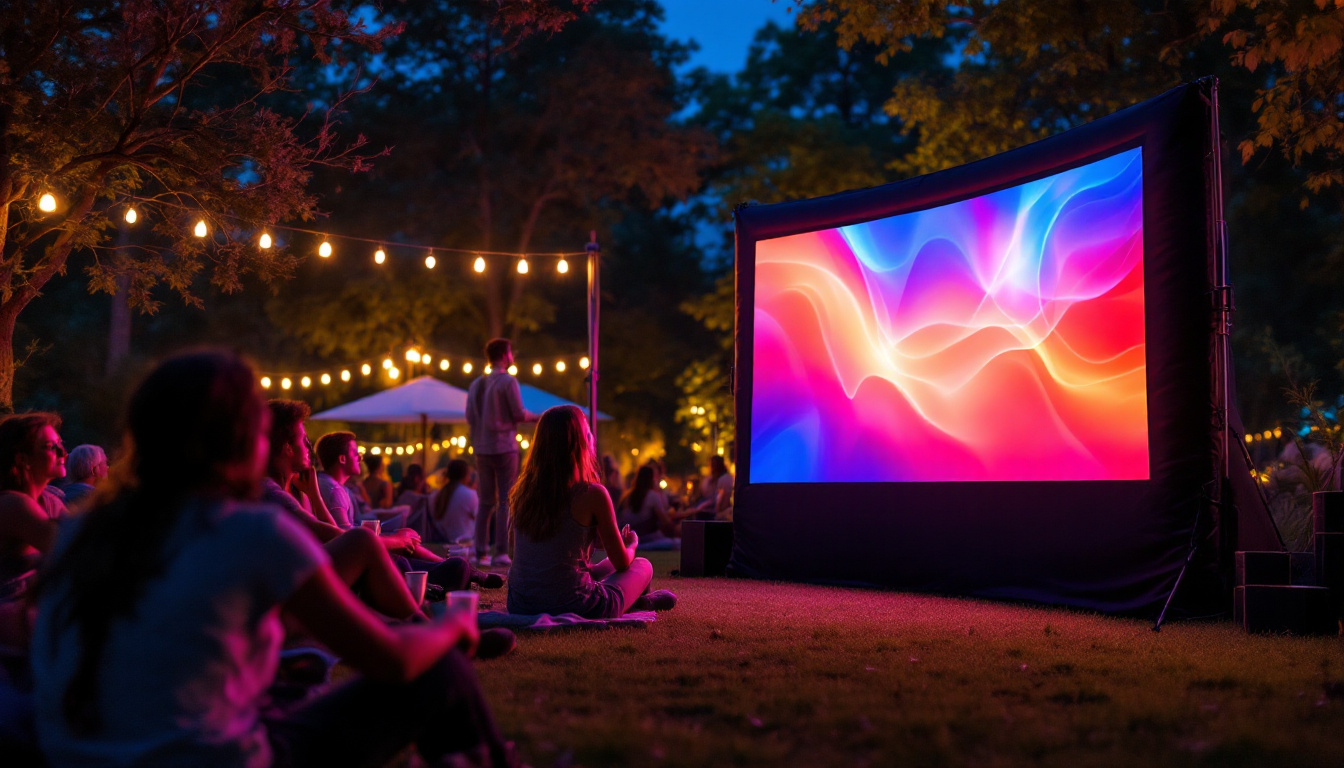In the world of modern lighting solutions, LED displays have emerged as a transformative technology. Their efficiency, versatility, and vibrant color output have made them a popular choice for various applications, from advertising billboards to stage lighting. This article delves into the intricacies of LED displays, exploring their components, advantages, and the technology behind them.
Understanding LED Technology
Light Emitting Diodes (LEDs) are semiconductor devices that emit light when an electric current passes through them. The fundamental principle behind LED technology is electroluminescence, where electrons recombine with holes in the semiconductor material, releasing energy in the form of photons. This process not only produces light but does so with remarkable efficiency, consuming significantly less energy than traditional incandescent bulbs and offering a longer lifespan—often exceeding 25,000 hours of use. This efficiency has made LEDs a popular choice for both residential and commercial lighting solutions, contributing to energy savings and reduced carbon footprints.
The Anatomy of an LED
At its core, an LED consists of several layers of semiconductor materials, typically gallium arsenide or gallium phosphide. These layers are carefully engineered to create a junction that allows electrons to flow freely. When the current is applied, the energy released generates light. The color of the emitted light depends on the materials used and the energy bandgap of the semiconductor. For instance, different combinations of semiconductor materials can produce a spectrum of colors, ranging from deep reds to bright blues, enabling diverse applications in decorative lighting and signaling.
Each LED is composed of a chip, encapsulated in a protective resin, which enhances its durability and light output. Additionally, LEDs can be grouped together in various configurations to create larger displays, allowing for a wide range of applications. The encapsulation not only protects the delicate semiconductor chip from physical damage and environmental factors but also aids in the diffusion of light, ensuring a uniform brightness across the surface. This versatility has led to the adoption of LEDs in everything from automotive lighting to architectural illumination, showcasing their adaptability in different settings.
Types of LED Displays
LED displays come in various types, each designed for specific uses. The most common types include:
- Direct View LED Displays: These displays consist of individual LEDs arranged in a grid. They are often used for large outdoor advertising and sports arenas, where visibility from a distance is crucial. The brightness of direct view LEDs can be adjusted to ensure clarity even in bright sunlight, making them ideal for high-traffic areas.
- LED Video Walls: Composed of multiple LED panels, these displays are ideal for creating high-resolution images and videos, commonly found in concert venues and corporate events. The modular nature of video walls allows for flexibility in size and shape, enabling creative installations that can transform any space into an engaging visual experience.
- LED Backlit Displays: Used in televisions and computer monitors, these displays utilize LEDs to provide backlighting for LCD screens, enhancing brightness and contrast. This technology has revolutionized screen displays, allowing for thinner designs and improved color accuracy, which is particularly beneficial for graphic designers and gamers who rely on precise visuals.
Advantages of LED Displays
The growing popularity of LED displays can be attributed to their numerous advantages over traditional lighting technologies. These benefits include energy efficiency, longevity, and superior visual quality.
Energy Efficiency
One of the most significant advantages of LED displays is their energy efficiency. Compared to incandescent and fluorescent lights, LEDs consume significantly less power, which translates to lower electricity bills and reduced environmental impact. This efficiency is particularly beneficial for large installations, where energy costs can add up quickly.
Moreover, LEDs generate less heat than traditional lighting sources, which not only contributes to energy savings but also reduces the need for additional cooling systems in enclosed spaces. This characteristic is especially advantageous in commercial settings, where maintaining a stable temperature can be crucial for both equipment and occupant comfort. By utilizing LED technology, businesses can enhance their sustainability efforts while simultaneously optimizing operational costs.
Longevity and Durability
LEDs are known for their impressive lifespan, often lasting up to 50,000 hours or more. This longevity means less frequent replacements, resulting in lower maintenance costs and less waste. Additionally, the solid-state design of LEDs makes them more resistant to shock and vibration, making them ideal for outdoor and high-traffic applications. This durability is particularly valuable in environments such as stadiums, concert venues, and busy urban centers, where displays are subjected to the elements and heavy usage.
Furthermore, the extended lifespan of LED displays contributes to their overall cost-effectiveness. With fewer replacements needed, organizations can allocate resources to other critical areas, enhancing productivity and innovation. The reduced environmental footprint associated with fewer discarded lighting products also aligns with global sustainability goals, making LEDs a responsible choice for modern lighting solutions.
Superior Visual Quality
LED displays offer vibrant colors and high contrast ratios, making them visually appealing. They can produce a wide color spectrum, allowing for more accurate and vivid representations of images and videos. Furthermore, advancements in technology have led to improved pixel density, resulting in sharper images and better viewing experiences from various angles. This high-quality visual output is particularly important in applications such as advertising, where capturing the attention of potential customers is paramount.
In addition to their impressive color accuracy, LED displays also excel in brightness levels, which is crucial for visibility in outdoor settings or brightly lit environments. This capability ensures that content remains legible and engaging, regardless of the surrounding light conditions. As a result, businesses and organizations can effectively communicate their messages and enhance audience engagement, making LED displays an invaluable tool in marketing and public information dissemination.
Applications of LED Displays
LED displays are utilized in a myriad of applications across different industries. Their versatility allows them to serve various functions, from advertising to entertainment and beyond.
Advertising and Marketing
One of the most prominent uses of LED displays is in advertising. Digital billboards and storefront displays attract attention with dynamic content that can be easily updated. This flexibility allows businesses to promote sales, events, or new products in real-time, enhancing customer engagement.
Moreover, the ability to display high-resolution images and videos makes LED displays a powerful tool for marketing campaigns, capturing the interest of potential customers more effectively than static signs.
Entertainment and Events
In the entertainment industry, LED displays play a crucial role in enhancing live performances. Concerts, theater productions, and sporting events utilize large LED screens to display visuals that complement the performance, creating an immersive experience for the audience.
Additionally, LED technology is also used in stage lighting, where it can create dynamic effects and colors that enhance the overall atmosphere of an event.
Transportation and Public Information
LED displays are increasingly used in transportation systems for real-time information dissemination. Bus and train stations utilize LED screens to provide passengers with updates on schedules, delays, and other important information. This application improves the efficiency of public transport systems and enhances the overall user experience.
Challenges and Considerations
While LED displays offer numerous advantages, there are also challenges and considerations that need to be addressed. Understanding these factors is essential for making informed decisions regarding their implementation.
Initial Costs
Although LED displays can lead to significant savings in the long run, the initial investment can be substantial. The cost of high-quality LED technology and installation can deter some businesses from adopting this solution. However, it is crucial to consider the long-term savings on energy and maintenance when evaluating the overall cost.
Brightness and Visibility
Another challenge is ensuring that LED displays maintain optimal brightness and visibility in various lighting conditions. Outdoor displays, for instance, must be bright enough to be seen in direct sunlight, which can increase costs. Additionally, the placement and angle of the display are crucial for maximizing visibility and reducing glare.
Environmental Impact
While LED technology is more energy-efficient than traditional lighting, the production and disposal of LEDs can have environmental implications. The materials used in LEDs, including rare earth elements, raise concerns about sustainability and resource depletion. Responsible recycling and disposal practices are essential to mitigate these impacts.
The Future of LED Displays
The future of LED displays looks promising, with ongoing advancements in technology poised to enhance their capabilities further. Innovations in areas such as flexible displays, improved color accuracy, and integration with smart technologies are set to revolutionize how LED displays are used.
Flexible and Transparent Displays
One of the most exciting developments in LED technology is the emergence of flexible and transparent displays. These innovations open up new possibilities for applications, allowing for creative designs that can be integrated into various surfaces, from windows to clothing. Such versatility will likely lead to increased adoption across industries.
Smart Integration
As the Internet of Things (IoT) continues to expand, the integration of LED displays with smart technologies is becoming increasingly common. This integration allows for real-time data updates, interactive content, and enhanced user experiences. For instance, smart billboards can change their advertisements based on the demographics of passersby, making marketing efforts more targeted and effective.
Improved Energy Efficiency
Future advancements in LED technology are expected to focus on further improving energy efficiency. Researchers are exploring new materials and designs that could lead to even lower power consumption, making LED displays an even more sustainable option. This focus on energy efficiency aligns with global efforts to reduce carbon footprints and promote environmentally friendly technologies.
Conclusion
LED displays have revolutionized the way information is presented and consumed across various sectors. Their energy efficiency, longevity, and superior visual quality make them an attractive option for businesses and organizations looking to enhance their visibility and engagement. While challenges remain, ongoing advancements in technology promise to address these issues and unlock new possibilities for LED displays in the future.
As the demand for innovative lighting solutions continues to grow, LED technology stands at the forefront, shaping the future of visual communication and entertainment. Embracing this technology not only benefits businesses but also contributes to a more sustainable and visually engaging world.
Discover the Future of LED Displays with LumenMatrix
Ready to elevate your visual communication and captivate your audience with the latest in LED display technology? Explore LumenMatrix’s extensive range of innovative LED solutions, from vibrant Indoor and Outdoor LED Wall Displays to dynamic Vehicle and Sports LED Displays. Whether you’re looking to create an immersive Floor LED Display, a Custom LED Display tailored to your unique needs, or an All-in-One LED Display for simplicity and impact, LumenMatrix has the cutting-edge technology to bring your vision to life. Experience the revolution in digital signage and make a lasting impression with LumenMatrix’s LED Transparent Displays. Check out LumenMatrix LED Display Solutions today and transform the way you share your message with the world.

